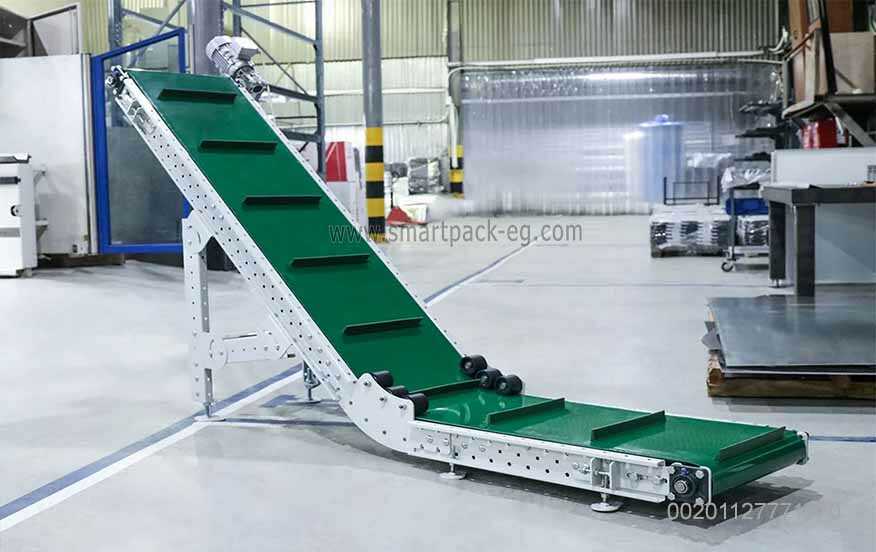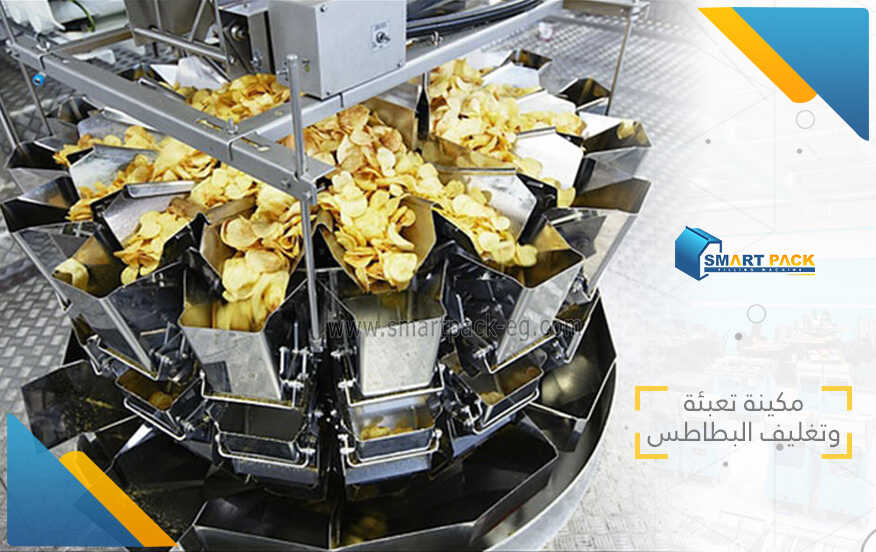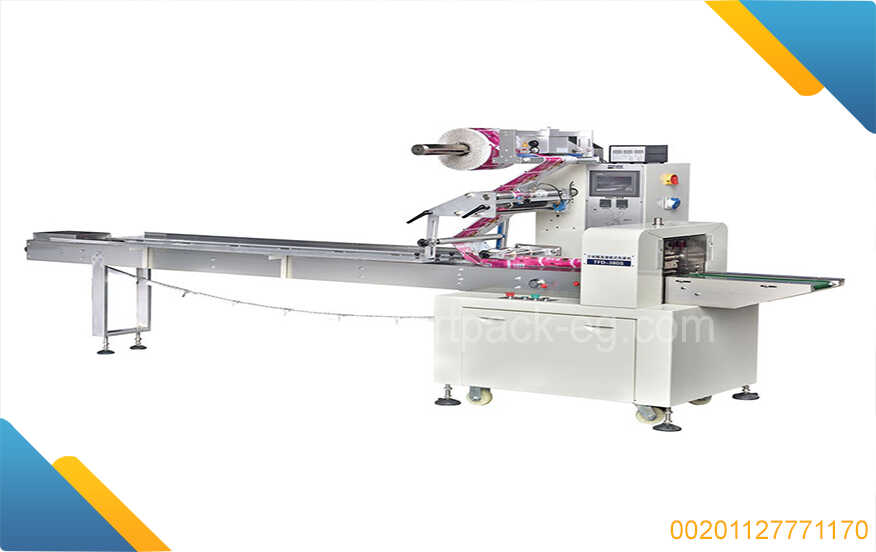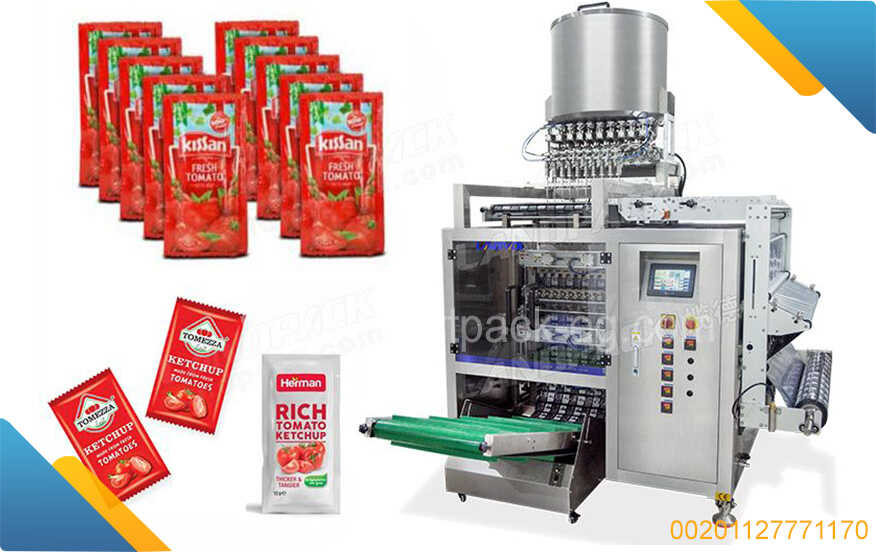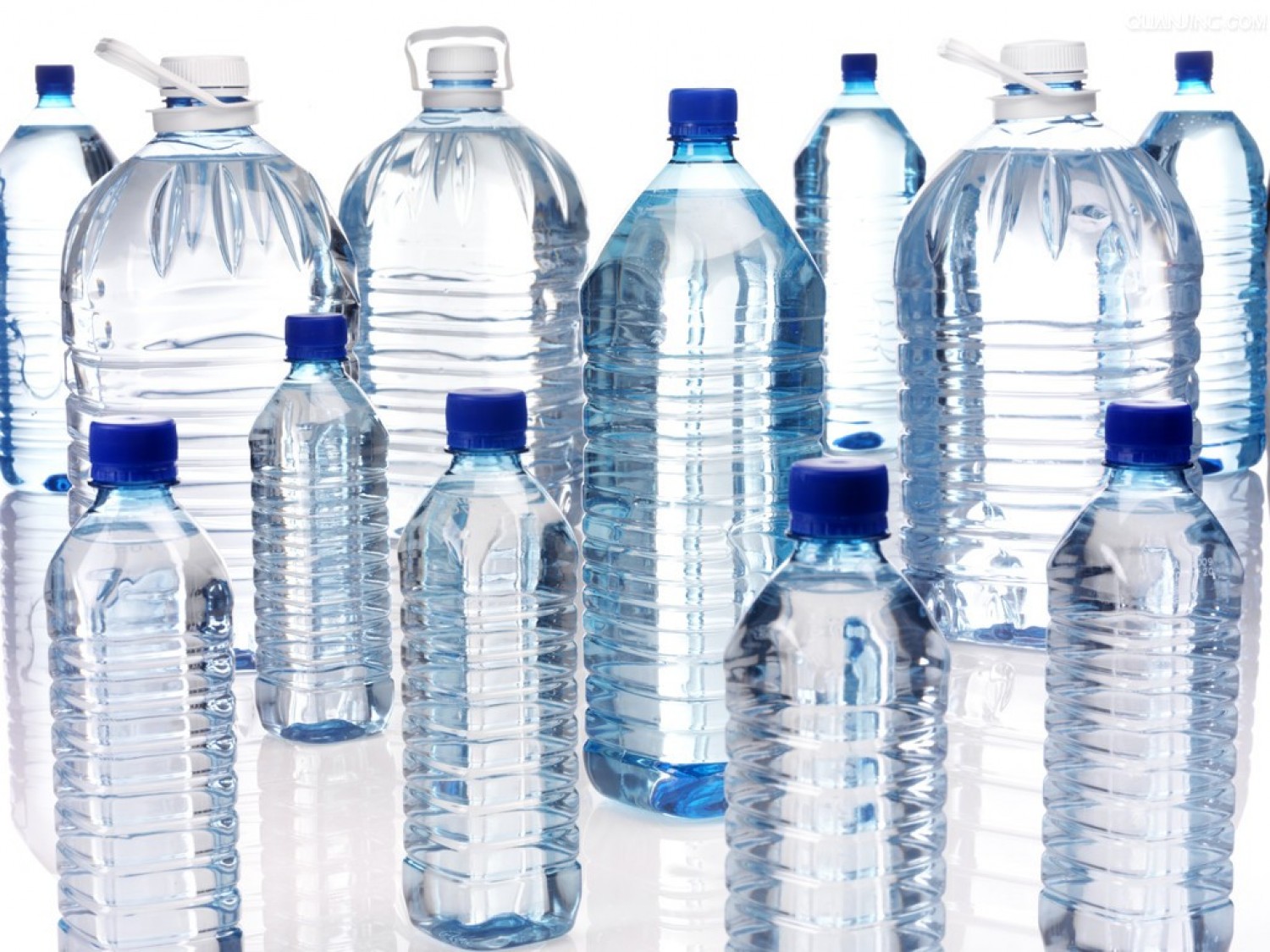How To Guide: Sterilization in the Food Industry and Its Positive Impact on Continuation
Introduction:
Sterilization plays a vital role in ensuring the safety and quality of food products in the food industry. By eliminating harmful microorganisms and pathogens, sterilization helps prevent foodborne illnesses and ensures the longevity of food products. In this guide, we will explore the importance of sterilization in the food industry and provide a step-by-step approach to implementing effective sterilization procedures.
Step 1: Understand the Importance of Sterilization
Sterilization is crucial in the food industry for several reasons:
-
Prevention of Foodborne Illnesses: Pathogens such as bacteria, viruses, and parasites can contaminate food and cause severe health issues. Sterilization eliminates these harmful microorganisms, reducing the risk of foodborne illnesses.
-
Shelf-Life Extension: Sterilized food products have an extended shelf life as microorganisms responsible for spoilage are eliminated. This allows manufacturers to distribute their products over longer periods, reducing food waste.
-
Compliance with Regulations: Food regulatory bodies enforce strict regulations regarding the safety and quality of food products. Implementing effective sterilization protocols ensures compliance with these regulations.
Step 2: Selecting an Appropriate Sterilization Method
Various sterilization methods are available for use in the food industry. Some commonly used methods include:
-
Heat Sterilization: This method utilizes high temperatures to kill microorganisms. Techniques like pasteurization and autoclaving are commonly used for different types of food products.
-
Chemical Sterilization: Chemical agents, such as hydrogen peroxide or chlorine compounds, can be used to eliminate microorganisms. However, it is essential to ensure that chemical residues do not pose health risks.
-
Irradiation: Ionizing radiation can effectively kill microorganisms. However, strict dosage levels need to be maintained to prevent undesirable effects on the food product.
Step 3: Establishing Sterilization Protocols
To implement sterilization effectively, it is crucial to establish robust protocols:
-
Conduct a Hazard Analysis: Identify potential microbial hazards specific to your food product and production process. This analysis will guide the selection of appropriate sterilization methods.
-
Document Standard Operating Procedures (SOPs): Develop clear SOPs for sterilization processes, including equipment calibration, load considerations, proper handling of sterilized products, and record-keeping protocols.
-
Training and Education: Ensure that all personnel involved are well-trained in sterilization techniques, safety precautions, and emergency response procedures. Regular training sessions should be conducted to maintain knowledge and awareness.
Step 4: Monitoring and Validation
The effectiveness of sterilization processes should be monitored and validated regularly:
-
Establishing Critical Control Points (CCPs): Identify critical control points in the sterilization process where monitoring is essential to ensure effective microorganism elimination.
-
Implementing Quality Control Measures: Regularly test samples from sterilized batches for microbial contamination to verify the effectiveness of the chosen sterilization method.
-
Calibration of Equipment: Regularly calibrate equipment such as temperature gauges, timers, and pressure valves to ensure accurate and consistent sterilization.
Conclusion:
Sterilization is a crucial aspect of food safety and quality assurance in the food industry. By understanding the importance of sterilization, selecting appropriate methods, establishing robust protocols, and monitoring processes effectively, food manufacturers can ensure the continuation of their operations while delivering safe and high-quality products. Adhering to these guidelines will not only protect consumers from foodborne illnesses but also contribute to reducing food waste and promoting a sustainable food industry.

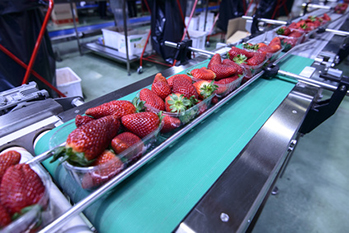
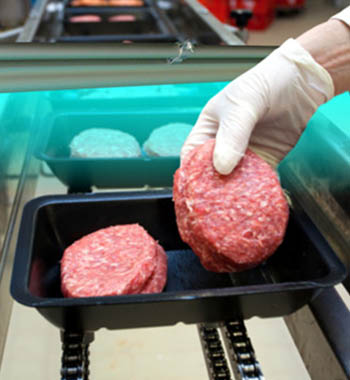
 Admin
Admin 